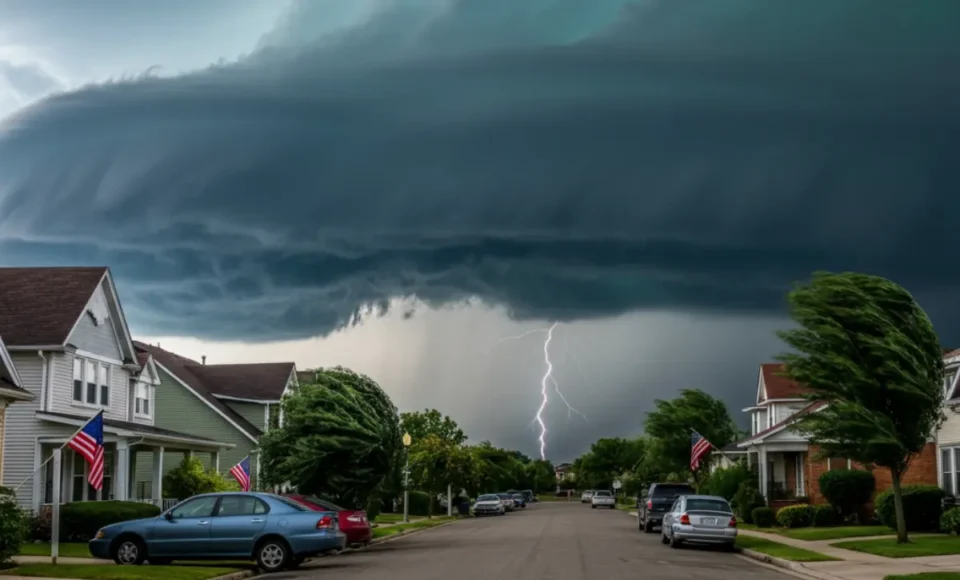National Weather Service warns of hazardous storms—key risks include damaging winds, large hail, and possible isolated tornadoes.
A severe thunderstorm watch now covers a large stretch of the United States, putting millions on alert. The National Weather Service (NWS) says that atmospheric conditions will likely spark dangerous storms through the afternoon and evening. If you’re in a watch area, you need to be ready and stay updated.
What Does a Severe Thunderstorm Watch Mean?
A “watch” tells you there is a real chance for severe storms to develop in or near your region. It does not guarantee storm activity but urges you to prepare. Right now, the highest risk affects the Plains and sections of the Midwest. The Southeast could also face storms as the day goes on. If you live in these zones, keep a close eye on the weather and follow official NWS alerts.
Main Hazards to Expect
NOAA’s Storm Prediction Center highlights three primary risks: damaging winds, large hail, and frequent lightning. Winds may exceed 60 mph, which can knock down trees or power lines. Hail could reach golf ball size. Be aware that torrential rain might lead to flash flooding, especially in low-lying spots. Storms also may produce isolated tornadoes without much warning. Having a safety plan in place gives you an edge if the weather suddenly turns.
How to Prepare and Stay Safe
Secure anything outdoors that wind might lift, such as patio furniture or trash cans. Fully charge your phone and keep a weather radio on hand; storms could knock out power quickly. Talk with your household about shelter options like basements or interior rooms away from windows.
If you plan to travel, check local radar and weather reports before you go. Storms can develop fast and make roads slick or unsafe. If a storm catches you on the road, pull over to a safe spot well away from trees and power lines. Local utility crews stand ready but may need time to restore any outages after damaging winds hit.
Important Lightning Safety Tips
Hear thunder? Go indoors right away; you are close enough to get struck by lightning. Never shelter under trees or in open-sided structures like picnic shelters or dugouts. Indoors is the only safe option when a storm approaches.
Watch vs. Warning: What’s the Difference?
Severe Thunderstorm Watch: The risk for storms that bring damaging winds, large hail, flash flooding, and isolated tornadoes is elevated. Take this time to review your emergency plan and stay alert.
Severe Thunderstorm Warning: Radar or spotters have confirmed a severe thunderstorm. This threat is happening now. Go to your safe place immediately.
Find more tips and live weather alerts on the National Weather Service Severe Weather Page.
Stay Informed and Ready
If you fall under a severe thunderstorm watch, check your local NWS office reports, use NOAA Weather Radio, and stay tuned to trusted news updates. Storms can shift direction or strength in minutes. When you stay alert, you give yourself and your family the best chance to stay safe.
You may also read : Mike Gundy: More Than a Mullet, The Heart of Oklahoma State Football
You may visit : conepress

